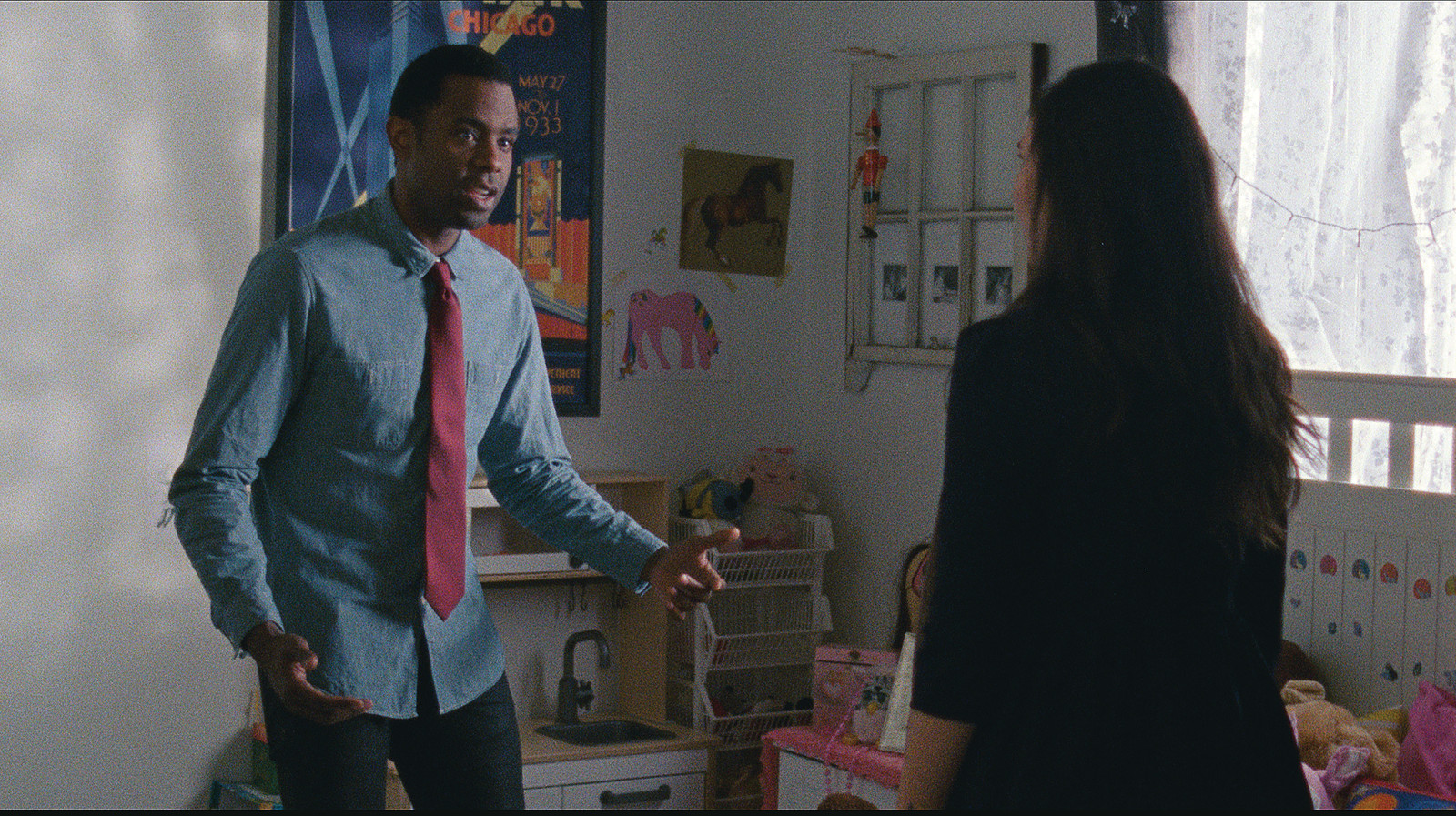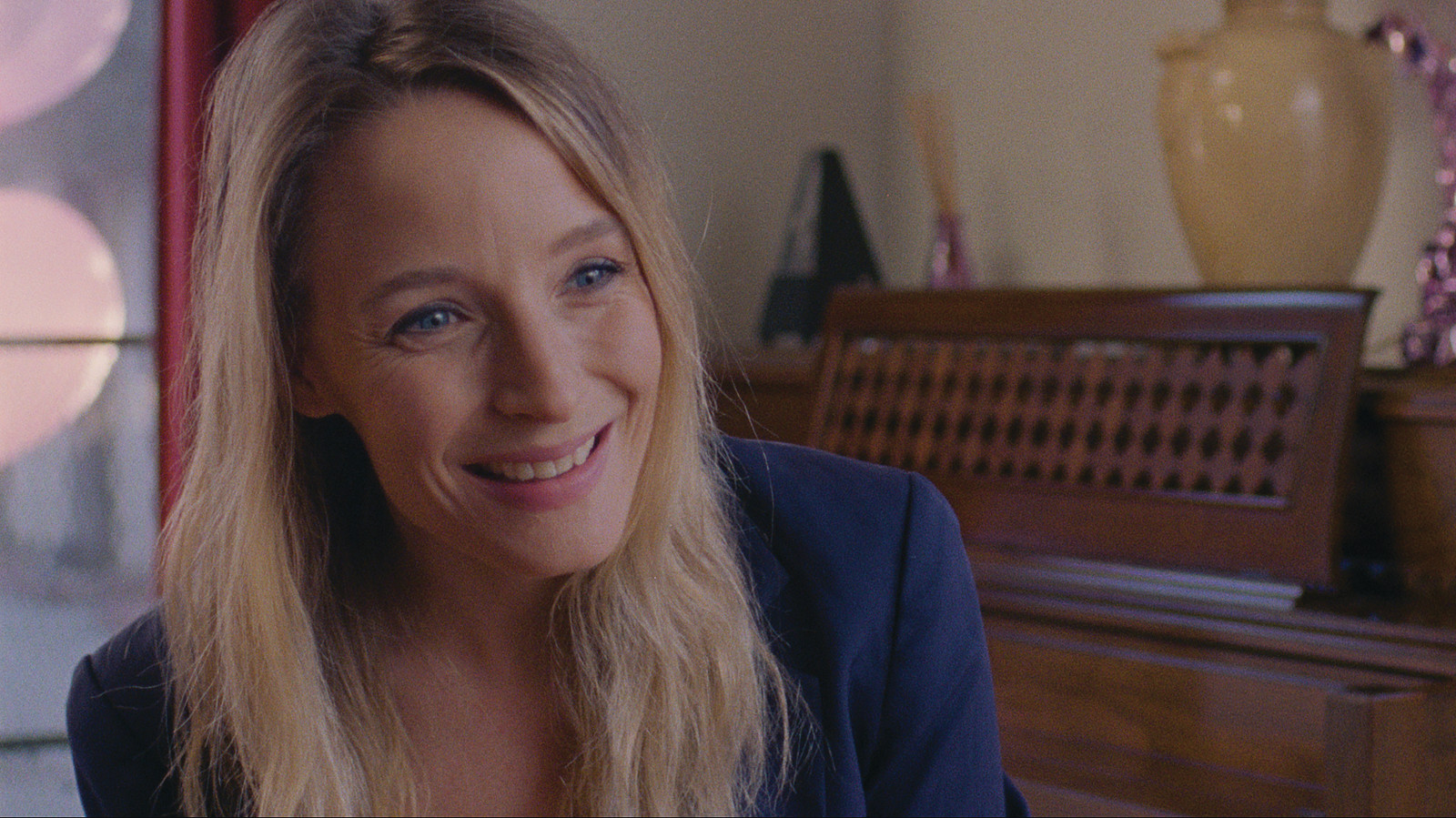Lighting For Open Locations
With advancing lighting technology, there are some beautiful daylight LEDs on the market that can be used to extend light throughout daytime interiors. It all depends on what is being shot, but a lot of times windows can be a plus for the cinematography of a piece. Embracing windows and available daylight gives a lot of opportunity for shaping light, very naturally keying actors and having plenty of ambient light.

I remember when getting accurate daylight temperatures on LED lights was not easy. Nowadays, there are plenty to choose from and I can count on accurate color. Some units that I have found useful to extend daylight inside a room include the ARRI Skypanels and LiteGear’s LiteMat line. From outside a room, punching through windows, I prefer to use large HMI units to simulate the directional punch that is natural to sunlight. LEDs lack the punch once directed through glass. However, inside a room, these soft LED lights are magical.
[Read: Lighting for ENG]
DOING AWAY WITH GELS AND DIMMERS
On a recent short I worked on, “Always Remember Me,” the entire film took place during the day. We were lucky enough to find a large house location with plenty of windows throughout, and so strategically blocked actors in order to shoot against them. When going in for coverage, units such as a LiteMat 4 and an ARRI Skypanel 60-C came in to wrap the light from the window as a key. I am a big fan of soft keying, and softening LEDs with diffusion can be tough if you don’t have a lot of space. Because we had a sizable house location, I was able to throw frames of grid diffusion in front of the units. In my experience, placing diffusion gel on the lights is not as effective and makes softening LEDs a pain. You want to be able to get diffusion away from the light. Having so much daylight also allowed us to fake soft backlights where there were none. The audience can just feel and assume these soft backlights on hair and shoulders were coming from some window in the space.
The scenes in this film take us from afternoon all the way until sunset. Again, having windows allows you to have plenty of ambience and still create the illusion of a lower sun. Being able to dim and change color temperature on our LED fixtures allowed us to make these light changes easily. This is where we are going with lighting—having such versatility in quality, intensity and color without needed extra pieces like hand dimmers and gels. For scenes later in the film, we turned everything a bit closer to tungsten color temperature without doing anything in camera. We were shooting on 16mm film, Kodak 7207 250D, the entire time and didn’t use any camera filtration. The change in light and color was strictly through the LEDs themselves. The HMIs, on the other hand, had to have CTO placed in front of them to match. This is where a color meter comes in handy—though you can read the exact Kelvin on your LEDs, you can’t on your HMIs, and on top of that when you’re shooting film you can’t tell the differences as easily. I had an old Minolta color meter on hand.

Though these newer LEDs that keep coming out are so beautiful and versatile, you want to always have plenty of grippage on hand to affect quality and to shape. LEDs that come without lenses, like Skypanels and LiteMat, have no sharp directional beam. They are usually one large soft spread. For wider shots in “Always Remember Me,” we had to utilize a lot of duvetyne and flags to shape the light and keep it from spilling onto walls. It also becomes a bit trickier to soften in bigger shots because you are now seeing so much of the space, so bouncing LEDs into the ceilings and walls and then diffusing, in a sort of booklight fashion, becomes an effective strategy.
[Read: Lighting the Scene from Different Directions]
Whether you’re extending daylight as a key, bringing up the shadows to expose for outside a window, or giving direction throughout a location to an already existing sun, LEDs are now extremely useful players in daytime interiors. As always, the more sophisticated and powerful, the better, so you have the ability to soften and shape as needed. The future of lighting only promises bigger and better LEDs for cinema.
Get the TV Tech Newsletter
The professional video industry's #1 source for news, trends and product and tech information. Sign up below.
